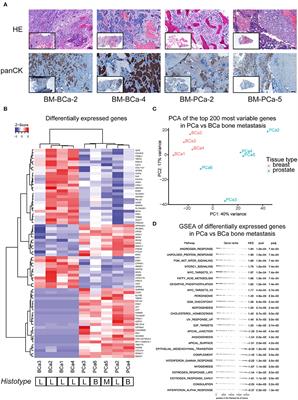EDITORIAL
Published on 30 Jul 2021
Editorial: Bone Metastases
doi 10.3389/fonc.2021.741515
- 1,541 views
- 4 citations
22k
Total downloads
71k
Total views and downloads
EDITORIAL
Published on 30 Jul 2021
ORIGINAL RESEARCH
Published on 20 Nov 2020

REVIEW
Published on 24 Jul 2020

ORIGINAL RESEARCH
Published on 23 Jun 2020

REVIEW
Published on 19 Jun 2020

MINI REVIEW
Published on 05 Jun 2020

REVIEW
Published on 03 Jun 2020

REVIEW
Published on 13 Mar 2020

REVIEW
Published on 10 Mar 2020

ORIGINAL RESEARCH
Published on 19 Feb 2020

REVIEW
Published on 05 Feb 2020

